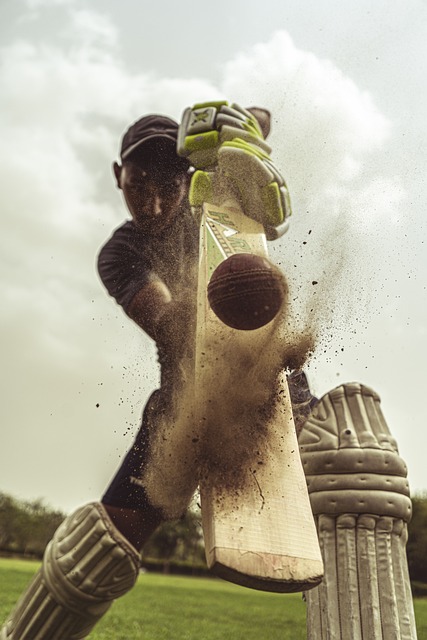Cricket and Innovation: Advancements in Equipment Technology
Cricbet99, Apbook: Cricket bats have undergone significant advancements in recent years, with a focus on enhancing performance and durability. Modern cricket bats are crafted using advanced materials such as English willow or Kashmir willow, offering players a blend of power and control while playing their shots. The evolution of bat manufacturing techniques has led to the development of lighter yet robust bats that allow for more effective stroke-making on the field.
Furthermore, the introduction of innovative bat designs, such as those with thicker edges and larger sweet spots, has revolutionized the way batsmen approach their game. These modifications have resulted in bats that provide more power and precision to players, enabling them to play expansive shots with greater ease. As technology continues to advance, we can expect further improvements in cricket bat design that will push the boundaries of performance in the sport.
Evolution of Cricket Balls
In the earlier days of cricket, balls were handmade using cork and string. These balls were not standardized, leading to inconsistencies in weight and shape. As the game evolved, cricket balls started to be manufactured with a stricter adherence to regulations to ensure fairness and uniformity on the pitch.
The transition to using leather for cricket balls marked a significant development in the sport. Leather balls offered improved durability and bounce, enhancing the overall playing experience for both bowlers and batsmen. Additionally, the introduction of new technologies has allowed for better seam quality and resistance to wear and tear, further refining the performance of cricket balls in modern gameplay.
Innovations in Cricket Helmets
In recent years, cricket helmets have seen significant advancements aimed at enhancing player safety and performance on the field. One notable innovation is the use of lightweight yet highly durable materials in helmet construction, providing players with maximum protection without compromising comfort. Additionally, the development of ventilation systems within helmets has greatly improved air circulation, reducing overheating during long hours of play.
Moreover, the incorporation of advanced technologies such as impact-absorbing foams and customizable fitting systems has revolutionized the way helmets function. These features not only offer heightened protection against high-impact collisions but also ensure a snug and secure fit for individual players, allowing for greater confidence and focus during intense matches. The continuous evolution of cricket helmets underscores the industry’s commitment to prioritizing player safety and performance in the ever-evolving landscape of the sport.
What are some key advancements in cricket helmets?
Some key advancements in cricket helmets include the use of lightweight materials for better comfort, increased ventilation to prevent overheating, and improved padding for enhanced protection.
How have cricket helmets evolved over time?
Cricket helmets have evolved from simple designs to more intricate models that provide better coverage and protection for players. The introduction of face guards and additional padding has significantly improved safety standards.
Why are innovations in cricket helmets important?
Innovations in cricket helmets are important for the safety of players on the field. By continuously improving the design and materials used in helmets, the risk of head injuries can be minimized, ensuring a safer playing environment.
Are there specific regulations for cricket helmets?
Yes, there are specific regulations set by cricket governing bodies regarding the design and safety standards of cricket helmets. These regulations are in place to ensure that all players are adequately protected while playing the sport.
How can players choose the right cricket helmet for themselves?
Players should consider factors such as fit, comfort, ventilation, and level of protection when choosing a cricket helmet. It is important to select a helmet that fits properly and provides sufficient coverage to safeguard against potential injuries.







